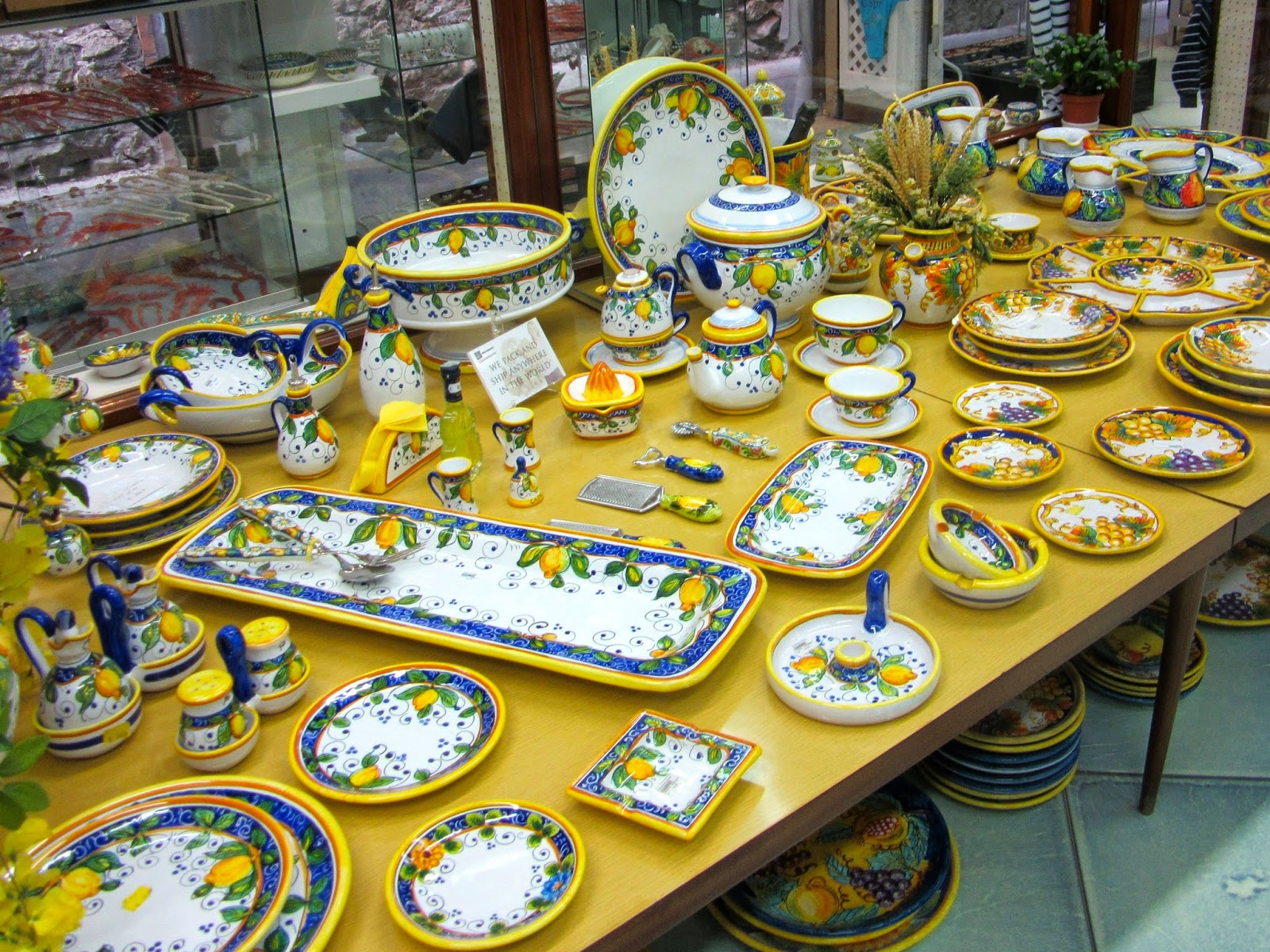I was intrigued the first time I saw zucchini in a European market (Cours Saleya in Nice). Next to the green vegetable so commonplace in North American kitchens was a smaller version sprouting a yellow bloom and I could only imagine how it would taste.
 |
| Zucchini Blossoms at the Cours Saleya Market, Nice |
























